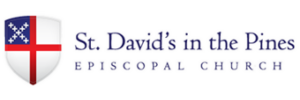BISHOP’S EXECUTIVE SUMMARY – ORDER
|
|
|
|
|
|
|
|
|
|
|
|
|
|
|
|
|
|
|
|
|
|
|
|
|
|
|
|
|
|
|
|
|
|
|
|

 WEEKLY RECTOR’S MESSAGE – July 5th – Fr. Thomas
WEEKLY RECTOR’S MESSAGE – July 5th – Fr. Thomas 